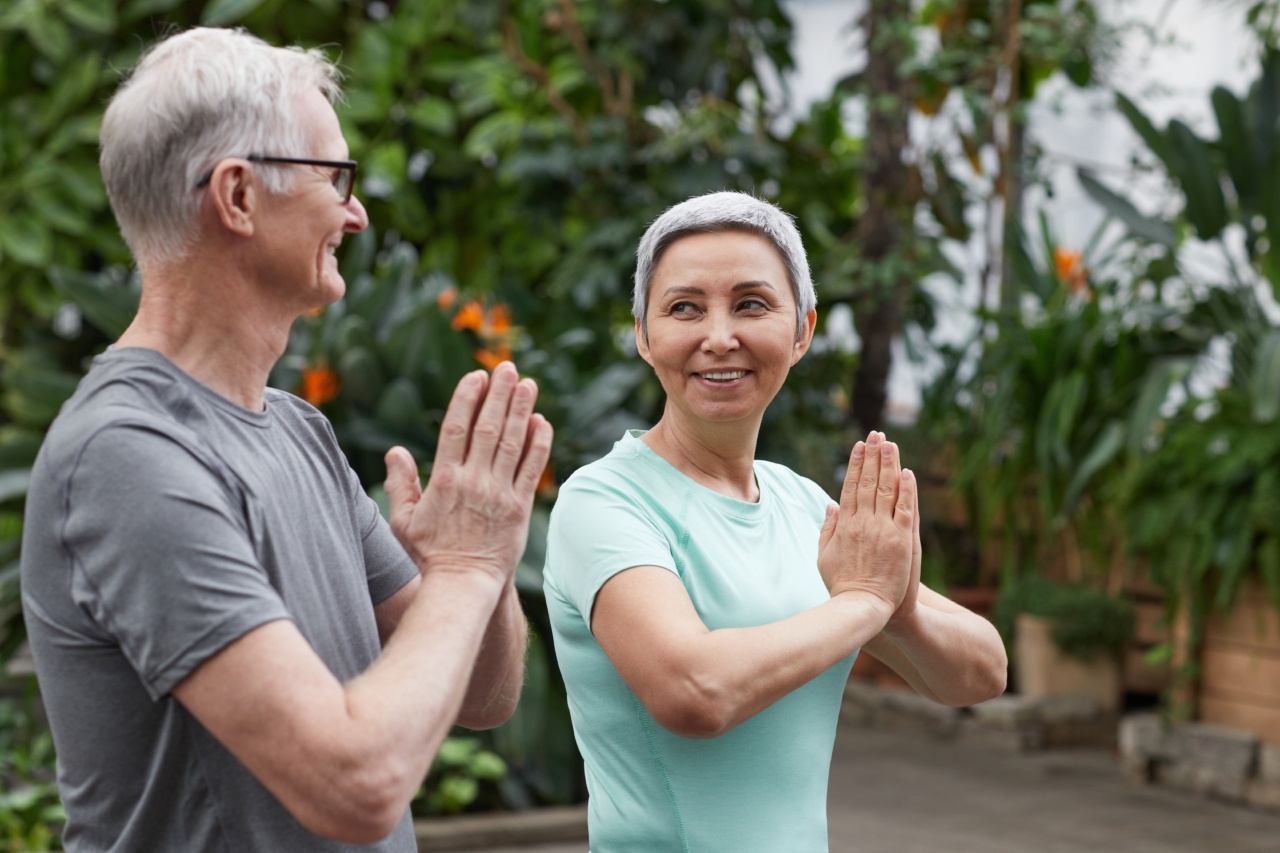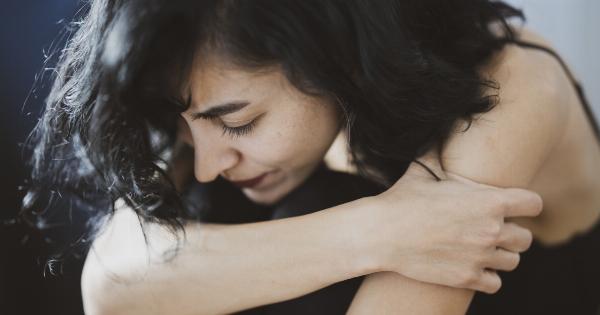As we age, our bodies undergo various changes, and these changes can often be reflected in different body parts. While everyone’s aging process is unique, there are common signs that indicate we’re getting older.
This article will discuss ten body parts that can tell us we’re aging and the physiological changes associated with them.
The Eyes
One of the first body parts that can show signs of aging is our eyes. As we get older, our vision may deteriorate due to different factors such as presbyopia, cataracts, and age-related macular degeneration.
Presbyopia is a condition that affects our ability to focus on nearby objects, while cataracts cause clouding of the lens, leading to blurry vision. Age-related macular degeneration affects the part of the eye responsible for sharp and central vision.
The Skin
Our skin is another body part that undergoes noticeable changes as we age. The production of collagen and elastin, which keep our skin firm and elastic, decreases over time, leading to wrinkling and sagging.
Additionally, age spots, also known as liver spots, may appear due to years of sun exposure. The skin becomes thinner and loses its ability to retain moisture, resulting in dryness and an increased risk of injury.
The Hair
Hair is often considered one of the most visible signs of aging. As we get older, our hair may become thinner, lose its natural color, and even fall out.
This is primarily due to the decrease in the number and size of hair follicles, as well as changes in hormonal levels. The rate of hair growth also tends to slow down with age, leading to increased thinness and brittleness.
The Teeth
Our teeth are not immune to the effects of aging either. Over time, our teeth can naturally become yellowed and worn down due to enamel thinning. Tooth decay and gum disease may also become more prevalent as our oral health tends to decline with age.
Regular dental care and proper oral hygiene are crucial to maintaining healthy teeth and gums as we get older.
The Joints
Joint pain and stiffness are common complaints among older individuals. As we age, the cartilage that cushions our joints starts to deteriorate, leading to conditions such as osteoarthritis. This can result in discomfort, swelling, and limited mobility.
Regular exercise, a healthy diet, and maintaining a healthy weight can help alleviate some of the symptoms associated with aging joints.
The Bones
Bone density tends to decrease as we age, increasing the risk of osteoporosis and fractures. This loss of bone mass is more common in women after menopause due to hormonal changes.
Adequate calcium and vitamin D intake, along with weight-bearing exercises, can help maintain bone health and reduce the risk of fractures.
The Muscles
Loss of muscle mass, also known as sarcopenia, is another body change that often accompanies aging. As we get older, our muscle fibers gradually decrease in size and quantity, resulting in weakness, decreased mobility, and a higher risk of falls.
Regular strength training exercises can help slow down muscle loss and maintain muscle strength and function.
The Heart
Age-related changes in the cardiovascular system can put strain on the heart. The heart muscle may become less efficient, leading to a decreased ability to pump blood effectively.
Blood vessels may also stiffen and narrow, increasing the risk of high blood pressure and heart disease. Adopting a heart-healthy lifestyle, including a balanced diet and regular physical activity, is crucial for maintaining cardiac health as we age.
The Brain
The brain also undergoes changes as we age, and cognitive abilities may decline. It is normal to experience mild memory lapses and difficulty concentrating as we get older.
However, severe memory loss, confusion, and cognitive decline may indicate conditions such as Alzheimer’s disease or other forms of dementia. Mental stimulation, a healthy diet, regular exercise, and social engagement can contribute to better brain health as we age.
The Ears
Hearing loss is a prevalent age-related change that affects many individuals. The hair cells in the inner ear can gradually deteriorate over time, leading to a reduced ability to hear high-frequency sounds and difficulty distinguishing between sounds.
Exposure to loud noises throughout life can also contribute to hearing loss. Regular hearing tests and the use of hearing aids, if necessary, can help mitigate the impacts of age-related hearing loss.




























